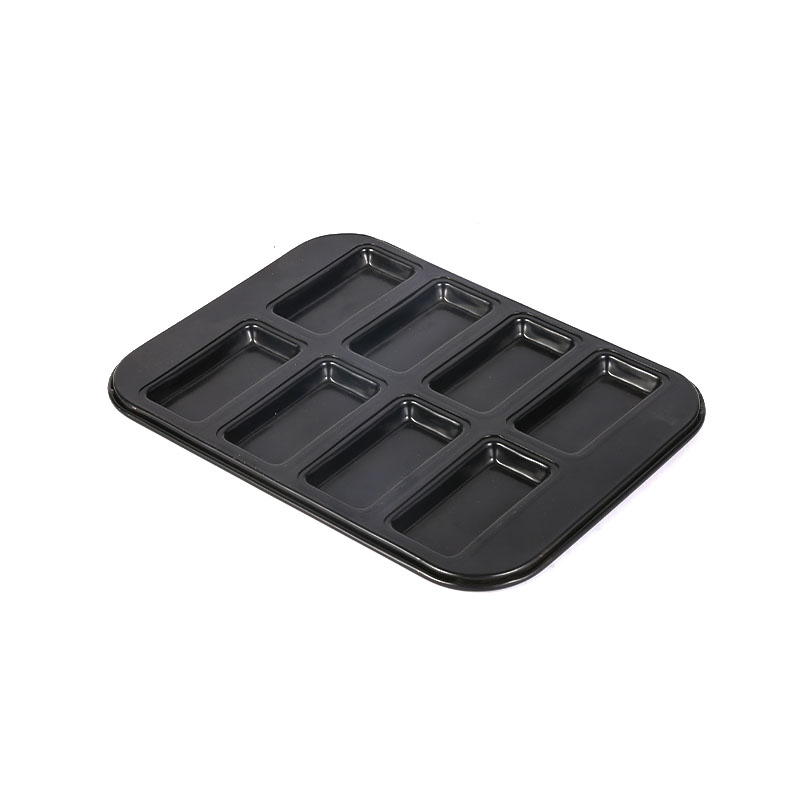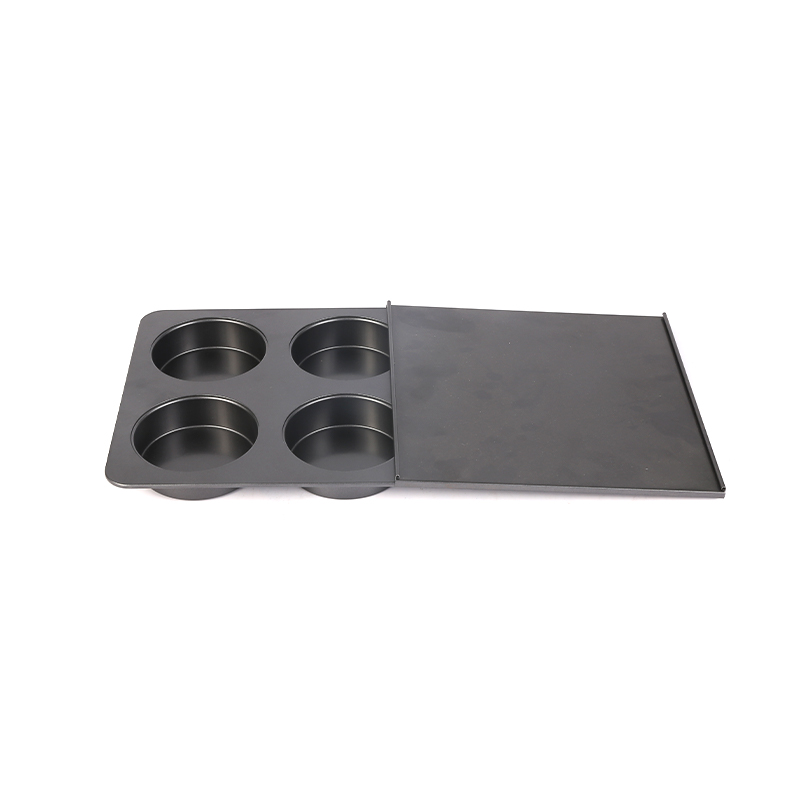Custom Pumpkin Air Fryer Roasting Pan Company Exporter
The Pumpkin Pan is more than just a baking tool; it is a vessel that carries cultural significance and historical resonance. Across different cultures and time periods, the pumpkin has been a symbol of harvest, abundance, and transformation. This article will explore the multifaceted meanings of the Pumpkin Pan, examining its role in various traditions and how it has evolved over time.
In many cultures, the pumpkin is deeply intertwined with the autumn season and harvest celebrations. The Pumpkin Pan, with its distinctive shape, serves as a tangible representation of this association. In North America, for instance, the Pumpkin Pan is a staple during Halloween and Thanksgiving. The pumpkin, a native plant to the continent, has been a part of indigenous diets and rituals for centuries. When European settlers arrived, they adopted the pumpkin into their own harvest festivals, and the Pumpkin Pan became a means to prepare traditional dishes like pumpkin pie and roasted pumpkin seeds.
The Pumpkin Pan also holds symbolic value in the context of Halloween. The carved pumpkin, known as a jack-o'-lantern, is a well-known symbol of the holiday, representing the spirits of the night. The Pumpkin Pan, in this sense, is a tool that helps bring this tradition to life, allowing bakers to create pumpkin-shaped treats that echo the carved lanterns seen on doorsteps and porches. This connection to Halloween adds a layer of spooky charm to the Pumpkin Pan, making it a favorite among those who enjoy themed baking.
In European cultures, the pumpkin was not traditionally a central figure in baking, but its introduction through trade and exploration has led to the adoption of the Pumpkin Pan in modern kitchens. The pumpkin's versatility as a food source and its association with the autumnal equinox have made it a popular ingredient in contemporary European baking. The Pumpkin Pan allows bakers to embrace this trend, creating pumpkin-shaped breads, cakes, and pastries that celebrate the season.
The historical journey of the pumpkin is also reflected in the evolution of the Pumpkin Pan. Originally, pumpkins were used as natural molds for cooking, with early American settlers scooping out the seeds and pulp and filling the hollowed-out shells with ingredients to bake. This practice eventually led to the creation of the Pumpkin Pan, a metal or ceramic mold that mimics the shape of a pumpkin. The Pumpkin Pan has since become a standard item in many baking arsenals, preserving the legacy of early culinary practices while adapting to modern baking techniques.
The Pumpkin Pan's cultural significance extends beyond its use in baking. In some cultures, the pumpkin is seen as a symbol of prosperity and good fortune. The round shape of the pumpkin, along with its rich, orange color, is often associated with the earth's bounty and the cycle of life. The Pumpkin Pan, by embodying these qualities, becomes a tool for invoking these positive energies. Bakers may choose to use a Pumpkin Pan not only for its practical benefits but also as a way to connect with these cultural beliefs.
Moreover, the Pumpkin Pan serves as a bridge between traditional and contemporary baking. While it honors the past by preserving the shape and symbolism of the pumpkin, it also opens up new possibilities for creative expression. Bakers can experiment with different recipes, from savory to sweet, and decorate their pumpkin-shaped creations with a variety of frostings, glazes, and toppings. The Pumpkin Pan thus becomes a canvas for innovation, allowing bakers to put their own spin on this classic form.
In conclusion, the Pumpkin Pan is a baking tool that encapsulates a rich tapestry of cultural and historical meanings. From its roots in indigenous American traditions to its place in modern European baking, the Pumpkin Pan has evolved to reflect the diverse ways in which the pumpkin is celebrated around the world. Whether used to honor harvest festivals, Halloween, or simply as a nod to the autumn season, the Pumpkin Pan serves as a reminder of the pumpkin's enduring significance. By understanding the cultural and historical context of the Pumpkin Pan, bakers can appreciate the depth of meaning behind this simple yet powerful baking accessory.









